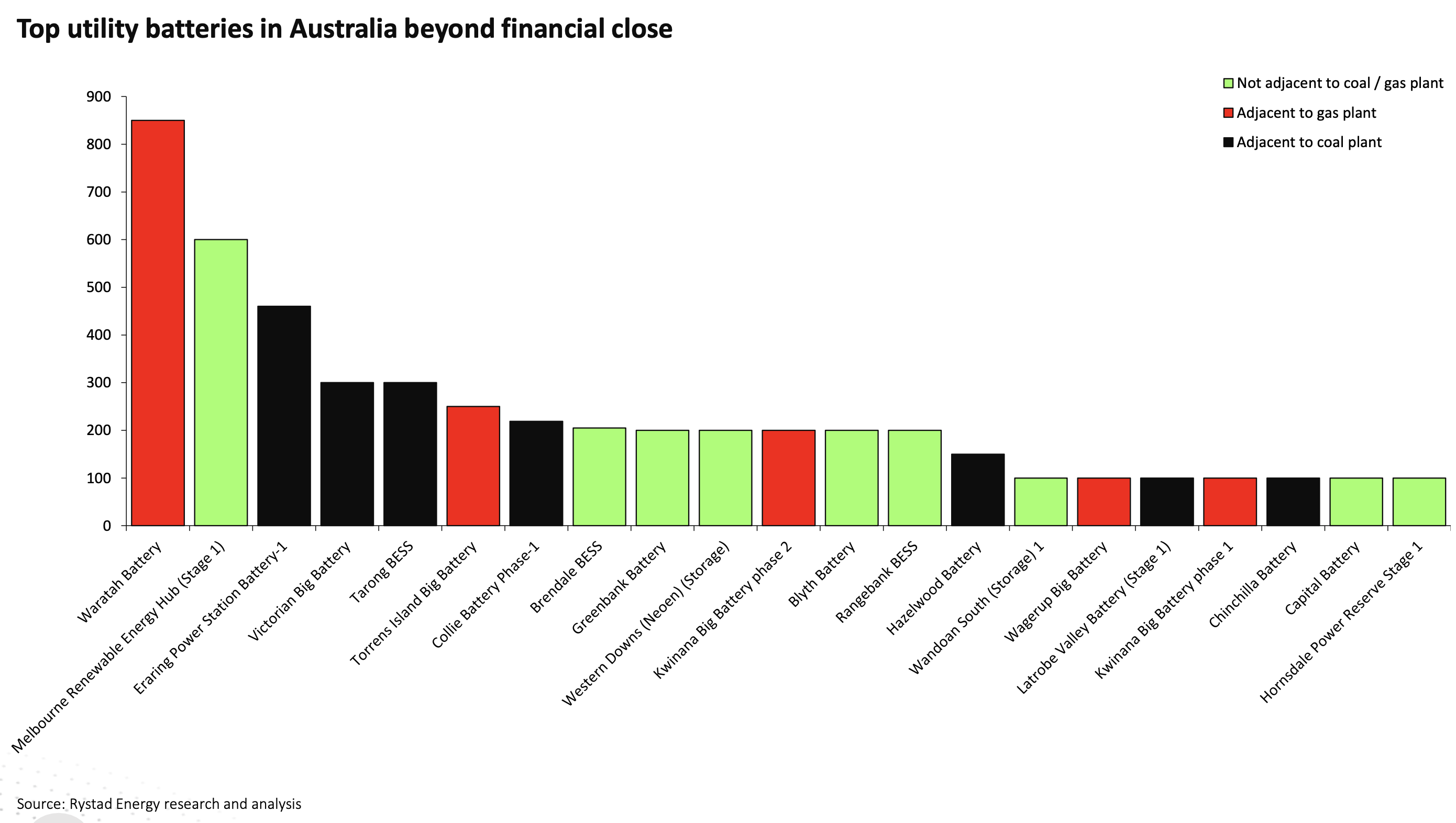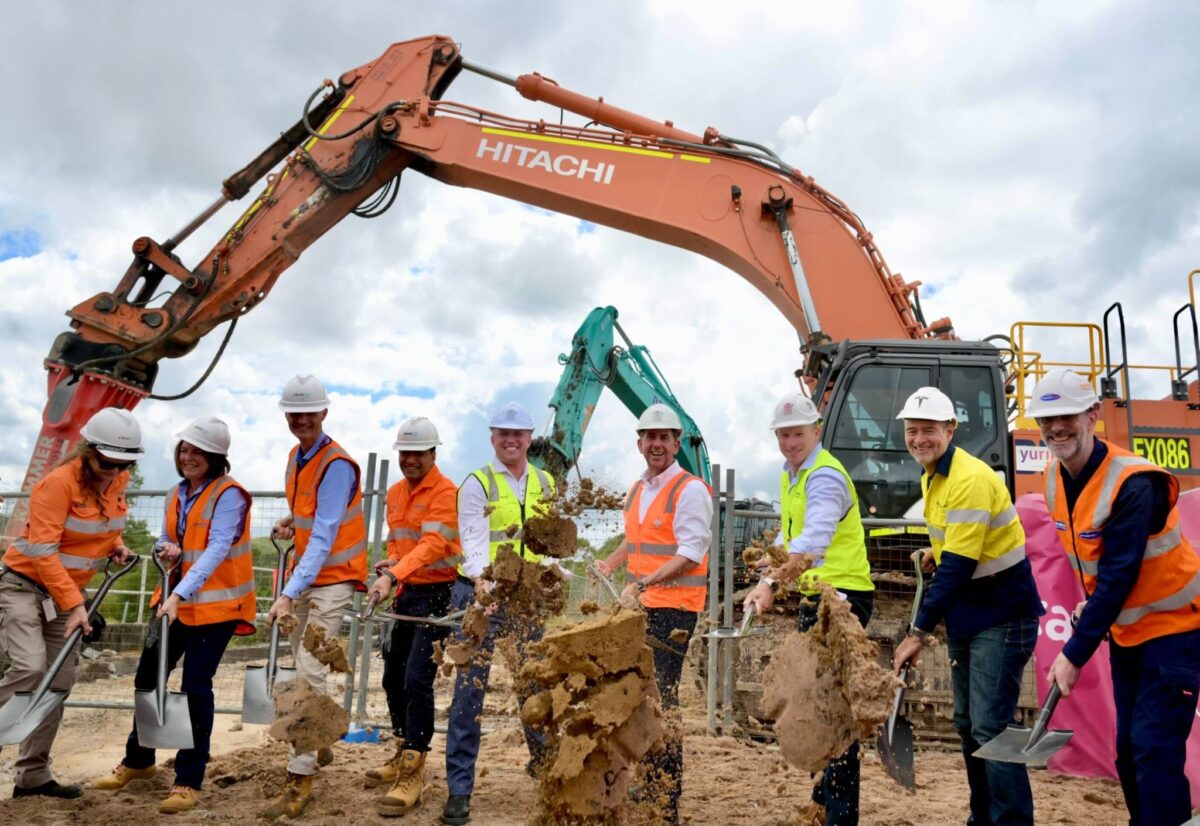The runaway success of rooftop PV has created challenging market dynamics for large scale solar. With the ever-growing fleet of residential and commercial feeding solar into the grid at the same time, and depressing demand, the economics of large scale solar has been negatively impacted.
Speaking to pv magazine Australia, energy economist Bruce Mountain said that the large scale PV market segment was “struggling” because of rooftop PV’s success.
“Rooftop solar has pulled prices down during all of the time that large scale solar has a market to the level that without storage, large scale solar is going to battle for grid supply,” said Mountain, the head of Victoria University’s Energy Policy Centre.
However, there are a number of market developments improving the prospects for big PV, noted Rystad Energy’s David Dixon – chief among them the growth of utility-scale batteries.
“The key point is that we have around 3.5 GW of utility scale batteries under construction, but yet to be energised. That is a lot of flexible load that would put upward pressure on both demand and and energy prices in the middle of the day – because obviously they are only going to charge during the cheap periods, when the solar generates,” said Dixon.

On Monday, Queensland premier Steven Miles took part in a ground-breaking ceremony for the 250 MW / 500 MWh Swanbank Battery, being developed by the state-owned CleanCo.
The project is set to be completed in mid-2025. Tesla is supplying the battery packs for the system. It has received $330 million in funding from Queensland’s Renewable Energy and Hydrogen Jobs Fund.
“Renewables are driving down the spot wholesale price of power below zero, which is why we will continue to invest in them,” said Miles in a statement.
There are a large number of battery projects further along the construction progress around Australia. Rystad’s Dixon reports that as much as 5 GW of utility-scale storage capacity could be energised in the next 12-18 months, up for 1.5 GW online today.
“We are really going to see load coming in during the middle of the day.”
Battery price trends are also heading in the right direction. Dixon said that low lithium and nickel prices have brought down battery prices.
“Projects that might have cost $1000/kWh for utility scale battery projects are now $700/kWh and that probably represents a two-hour battery.” For four-hour batteries, that price could be as low as $600/kWh, Dixon said.
The federal government’s Capacity Investment Scheme will also bolster utility-scale solar prospects. The third round of the underwriting program is likely to support big wind and PV, although details of the auction have yet to be released.
This content is protected by copyright and may not be reused. If you want to cooperate with us and would like to reuse some of our content, please contact: editors@pv-magazine.com.









7 comments
By submitting this form you agree to pv magazine using your data for the purposes of publishing your comment.
Your personal data will only be disclosed or otherwise transmitted to third parties for the purposes of spam filtering or if this is necessary for technical maintenance of the website. Any other transfer to third parties will not take place unless this is justified on the basis of applicable data protection regulations or if pv magazine is legally obliged to do so.
You may revoke this consent at any time with effect for the future, in which case your personal data will be deleted immediately. Otherwise, your data will be deleted if pv magazine has processed your request or the purpose of data storage is fulfilled.
Further information on data privacy can be found in our Data Protection Policy.